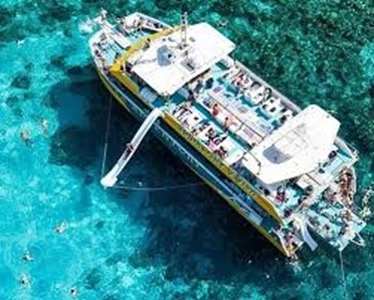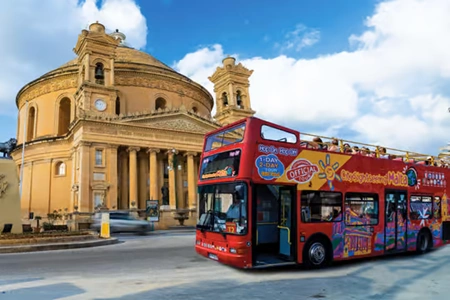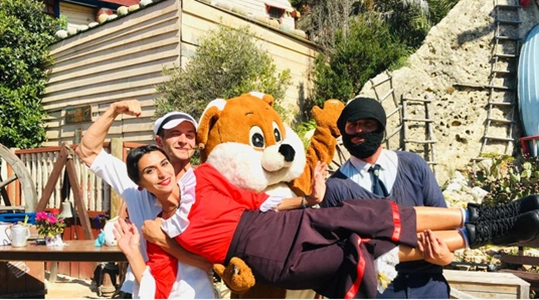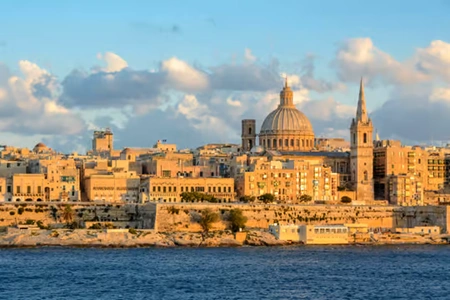Mdina
Till the arrival of the Order of St. John in 1530 Mdina was the capital of Malta. Because of conflicts with the nobility the Order decided to make Birgu the capital city.
Mdina has many sights like; museums, churches, film locations, etc. These locations will be mentioned in our app.
Below are the timelines of Mdina and Rabat.
Additional information
The timelines of Mdina and Rabat.
The Phoenicians
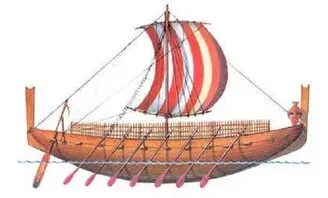
The Phoenicians increased and improved the protective walls surrounding the hill and called the settlement Malat or Maleth(safe-haven or place of refuge). During the Second Punic War in 217 BC the Romans took over politically and military, but the Phoenician cultural influence lasted another few centuries.
The Romans
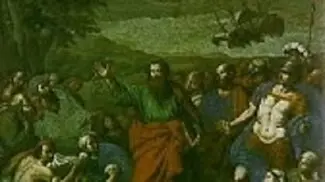
The Acts of the Apostles 27 and 28 of The New Testament mentioned the island of Melite as the site of the shipwreck of the Apostle Paul in the year 60 AD.
Paul was welcomed into the house of the prominent Roman Publius and stayed there three days. Publius’ father was seriously ill and had dysentery. He was cured by the laying on of hands of the holy Paul.
Publius was accepted as one of the first Christians and later he became the first Bishop of Malta. After that Malta became the first country of early Christianity in Europe.
The Byzantine general Belisarius was on his way to North-Africa in 533 and landed in Malta and Malta was integrated into the Byzantine province of Sicily. Due to the Islamic threat Melite was reduced to one third helping Melite to defend better.
The Arabs
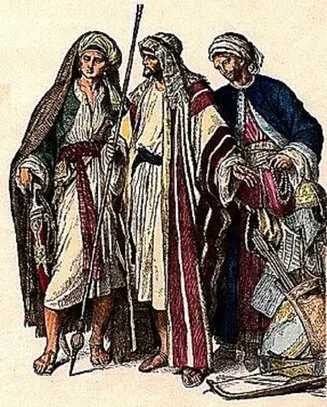
In historical descriptions it appears that after that Malta was practically uninhabited.
Around 1048 or 1049 the island was populated by Muslims from Sicily who rebuilt the ruins that were left of the city Mdina.
Mdina became the location of the local government and the religious centre of the government district. Because Melite was decreased by two-thirds, the present Rabat was seen as an outskirt and got the name Suburb, which translated means Rabat, Arab Rabat.
Arab Rabat was the area for artisans and traders. The layout of Mdina changed with winding streets as a defence tactic. In case a musket was fired the bullet would never go far in a winding street.
The Arabs changed the landscape considerably, created terraces by using low dry stone walls for better cultivation of fields for farmers and introduced irrigation. They also left their imprints in the Maltese language, family names and place names. But also the 30.000 km of low raw stone walls on Malta and Gozo are an inheritance.
The Normans
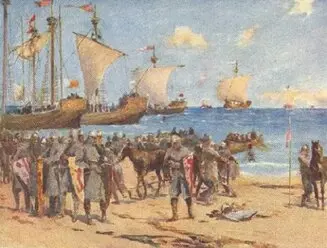
In 1091 troops of the Norman County of Sicily, under leadership of Count Roger I, invaded Medina. After negotiations, which included the conditions that the Muslims would release the Christian prisoners who were used as slaves and the Muslims would take the oath to be faithful to Roger and honour him yearly. Count Roger gave his red and white colours to the island as their national colour.
In 1122 an Arab uprising took place and Roger II, son of count Roger I , had to re-conquer the island. Christianity made a prominent comeback at that moment and is still the basic dominant religion.
Malta was part of the Kingdom of Sicily, which would continue for about 440 years. Malta was a Feudal Lordship of Sicily and in fact a feudal estate within the Kingdom. The first count of Malta was Margerito de Brindisi, an admiral of Greek origin, The feudal lordship was used as an expedient as a negotiating object in politics and as a result another 38 Counts followed which caused much unrest.
In 1425, Alfons V, King of Aragon, was busy with campaigns in the Mediterranean (Sea) and urgently needed money and support. He pledged Malta to Gonsalvo Monroy for 30.000 florins. The contract however was signed by the Viceroy of Sicily Antonio de Cardona on behalf of Monroy.
The Maltese population revolted and thought that the Viceroy was trying to steal from Malta, so they swore allegiance to the King. The Maltese took Monroy’s wife as a hostage and kept her in Castellamare (the predecessor of Fort St. Angelo).
Monroy demanded before the court that measures be taken against the rebels, the Maltese demanded refund of the 30.000 florins and a reversal of the agreement.
Monroy agreed to the terms but demanded as a requirement that his wife will be released. This impasse was eventually resolved because his two sons were taken hostage in exchange for Monroy’s wife.
In the next months only 10.000 florins were collected by the Maltese. Monroy was then on his deathbed and donated a third of the repayment to the Maltese and the last third he donated to the King for reinforcement of the fortifications of Malta.
The King was impressed by (of) the loyalty of his Maltese nationals and called Malta his most striking pearl of his crown and Mdina acquired the name Città Notabile.
In 1427 King Alfonso writes to the crown of Aragon ( Royal Kingdom of Sicily) that Malta will never be lent to third parties as a loan.
During the past centuries Malta was constantly under siege, robbed and the people were made slaves by the North-African pirates and the Ottomans (Turks).
In 1429 Malta had between 16.000 and 18.000 inhabitants, and Hafsid Saracenen (Sunni Muslim Dynasty) tried to conquer the island and came with an army of 18.000 soldiers. The Hafsid Saracenen soldiers advanced directly to Mdina. After three days of fierce fighting they looted Mdina. The Augustinian Monastery in Rabat was destroyed and the inhabitants killed.
In the end Hafsid Saracenen was stopped during his journey to loot more places and to kill the inhabitants and was driven back, however he took his 3.000Maltese inhabitants with him and made them slaves. Probably Malta is relatively the biggest victim in the Mediterranean.
The Spanish
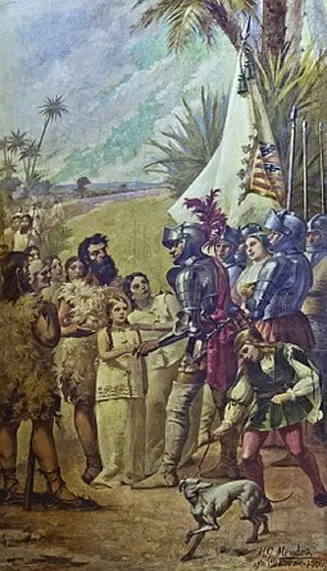
Of course there was a good deal of piracy as well and a large part of the population made their livelihood at sea in one way or the other, while many lived in protection behind the city walls of Mdina.
In 1429 there was a large attack on Malta by the Saracens, ransacking the islands and taking away 3,000 people in slavery. A multitude of other smaller attacks occurred over the centuries Malta was probably, in proportion to its size, one of the biggest victims of slavery in the Mediterranean.
The Knights of the Order of St John
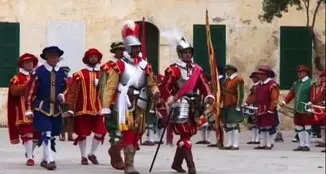
The Order thought of setting up their first government in Mdina. However this was in conflict with the Maltese nobility in Mdina. The Grandmaster of the Order was advised to look for a location closer to the harbour, where the galleys were also stationed. Birgu was chosen and it became the capital of the country. Mdina lost the function as capital.
Mdina was left to the old nobility. In 1693 there was an earthquake and a large part of the city was destroyed. Grandmaster Manuel de Vilhena rebuilt the city in baroque style and reinforced the ramparts as well as the dry moat.
The French Period
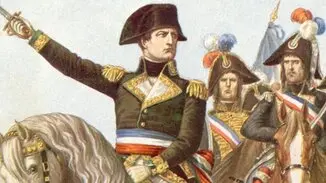
In 1798 the French under the command of Napoleon Bonaparte were on their way to Egypt with an army of 30.000 soldiers and visited Malta on their way. On 9th June Malta capitulated and the capitulation was signed by Napoleon on behalf of the French Republic, and six other persons signed on behalf of the population of Malta and the King of Spain.
In 1798 the population was estimated to be 14.000 inhabitants.
The Knights of St. John had to leave the island.
A French garrison of 3,050 soldiers stayed in Malta.
From the St. Bartholomew’s Chapel Notary Emmanuele Vitale organized the uprising against the French and Notary Bezzina threw the French commander from his balcony.
On 2nd September the Maltese uprising started. The rebels moved into the city and slaughtered all the soldiers. This event was the beginning of a successful two-year uprising against the French. In Mdina a national meeting took place in Banca Giuratale about the uprising.
The Kingdom of the two Sicilies asked Great- Britain to help them, which then protected Malta and defeated Napoleon.
The British Period
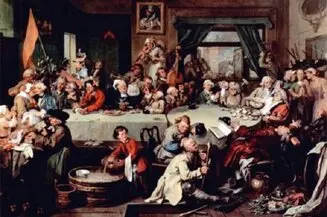
After Malta had sent messengers to the British fleet, which was in the harbour in Sicily, the request for assistance was granted. In September British admiral Nelson sent a fleet to Malta, which arrived at the end of September 1798 and formed a blockage against the French. Sir Alexander Ball arrived in October 1798 in Malta and took over command. On 5th September 1800 the French capitulated. Malta became a British protectorate.
In June 1802 a declaration was voluntarily signed by representatives of all cities and villages of Malta and Gozo in which they proclaimed King George III their King and that the King did not have the right to give Malta to another nation as well as that Malta had to have self-government while under protection of the British.
In the period 1813-1814 Malta was hit by the plague and there was a significant death rate.
At the decision of the “Treaty of Paris” in 1814, full sovereignty over the Maltese islands was obtained. From that moment Malta became an important part of the British Kingdom.
In the beginning the British did not give much attention to Malta. Eventually the strategic location of the island was understood.
In 1827 the Grand Harbour became the base for the British Mediterranean Navy.
Malta was overcrowded and suffering poverty. Malta was depending on British military expenses. From about 1850 the British investments increased.
The Crimean War (The British Period)
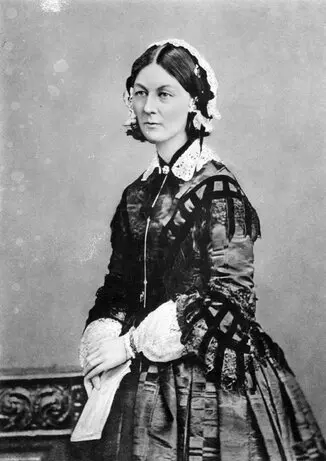
Much tension occured which caused a war. The fighting parties in this were Russia, who fought against the alliance of more countries like; the British Empire, France, the Ottoman Empire and Kingdom Sardinia ( to which Dutchy Savoy belonged ).
The war was fought between October 1853 and March 1856.
In the war Great Britain chose the side of the Ottoman Empire because of the economical- territorial motives.
The victory was determined by who had the most advanced technology and the best war industry.
30th March 1856 – Convention of Paris was signed.
The integrity of Ottoman Turkey is laid down in a treaty, Russia must give up Bessarabia, the Black Sea becomes neutral area and the Danube must be opened to international shipping (traffic).
The first technical war had a considerable impact on the maritime activities in Malta.
When the Suez Canal opened in 1869 shipping traffic increased, the route to the east.
Towards 1905 the Naval Dockyard and the British defence services were the base of the Maltese economy.
First World War (The British Period)
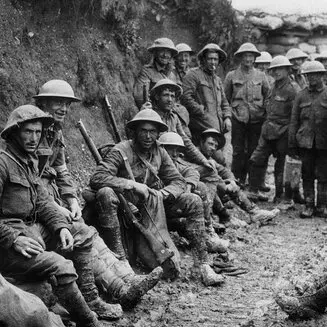
During the First World War (28th July 1914 to 11th November 1918) more than 136.000 men were taken care of in the ‘hospital’ island of Malta. The first patients from the battlefield arrived in March 1915 after several weeks journey on a hospital ship.
After many hospital ships were sunk by German submarines, it was decided that the trip to Malta was too dangerous and the facilities were taken over by Greece.
In January 1916 Malta had 27 hospitals, 25.000 hospital beds, 334 medically trained (persons), 913 nurses and 2032 medical workers. From the Salonika Campaign 78.130 sick and wounded were transported to Malta and from the Callipoli Campaign 5.991 sick and wounded.
Second World War (The British Period)
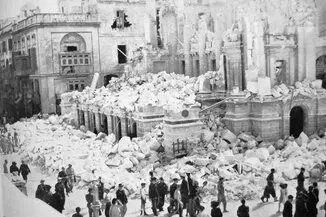
During the Second World War Malta was heavily bombed, given the maritime functions and activities, as well as her strategic location. Particularly around the Grand Harbour which was heavily bombed by the Italians and Germans. The first air raid took place on 11th June 1940. Despite Malta’s relatively good anti-aircraft guns, much damage was done.
King George VI awarded the highest civilian award (honor) for bravery to the entire Maltese population. This award “ The George Cross” is included in the Maltese flag.
The British legacy
Besides its independence Britain’s legacy is diverse, like the English language (official language in addition to the Maltese – Malti), legal system and education are related to the British. In Malta the driving is on the left side and there are other details like the red telephone booths, mailboxes, the English pubs.
In many private Maltese garages there are still many Triumphs, Morris minors, Ford Anglia’s and Prefects and Bedford buses which will be used during special occasions to show them off. Local bars , restaurants, cafés serve English breakfast, British dishes, English beer in half a pint or a pint.
Further more during the British period also specific architecture has been left behind as well as many buildings which are related to the defence of Malta and Gozo.
The present time
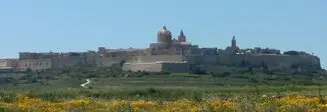
From the Bronze Age and the Roman structure there is little left because these are about 3 metres under the current surface. But at certain points there are Roman stones visible. The winding streets from the Arab period are still present. The Siculo-Norman architecture is well seen. The Roman inquisition, slavery and all the noble titles were abolished.
Mdina has her own council and has about 250 inhabitants. Mdina also has the nickname ‘Silent City’, in particular because almost no motorized traffic is allowed and when all the tourists are gone it is very quiet. During recent times however some catering establishments came and it is busier in the evenings.
